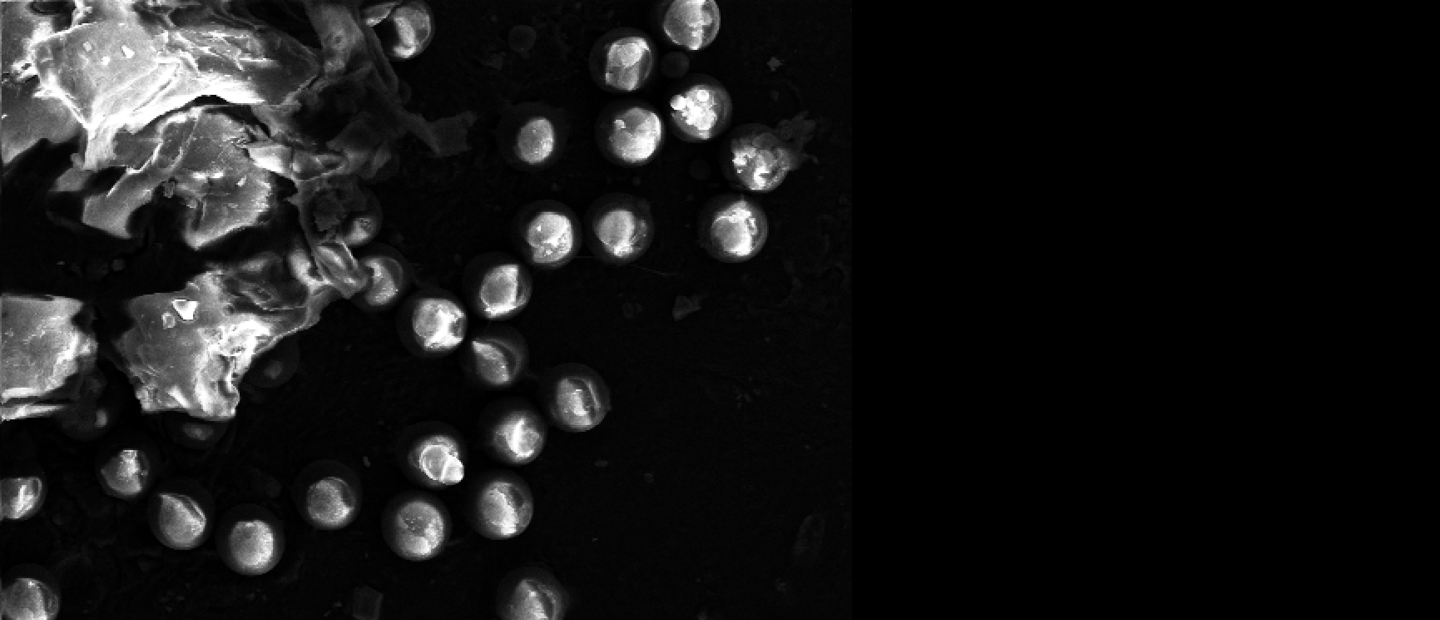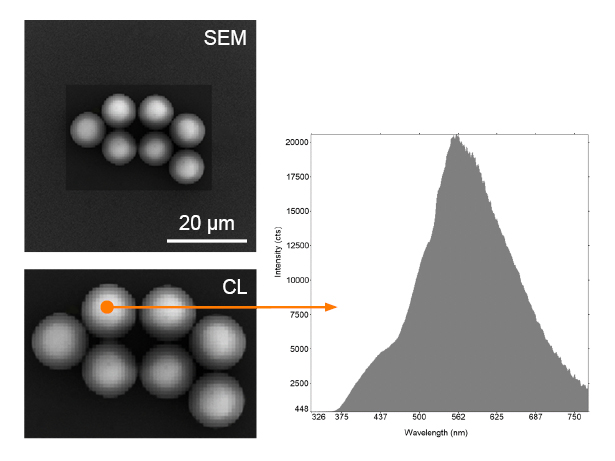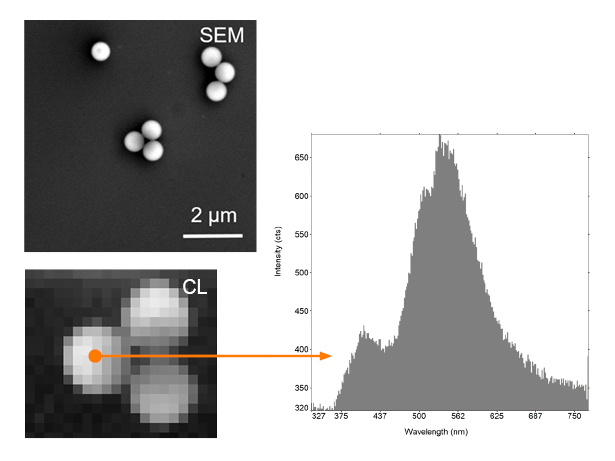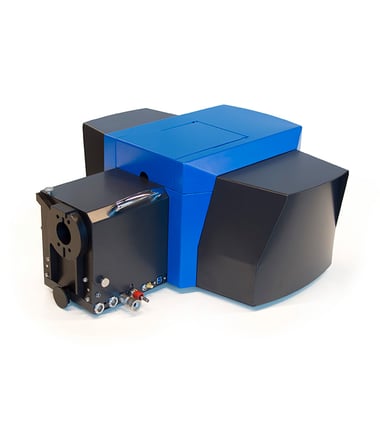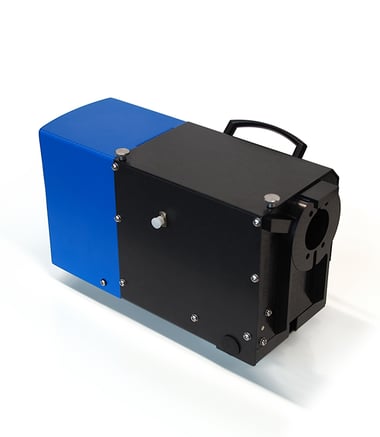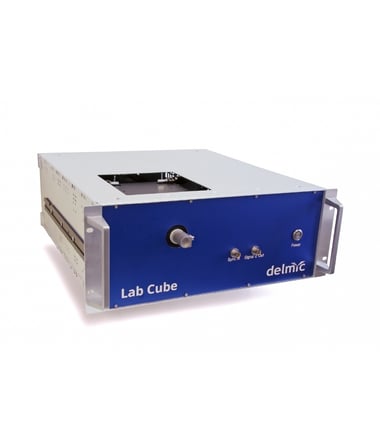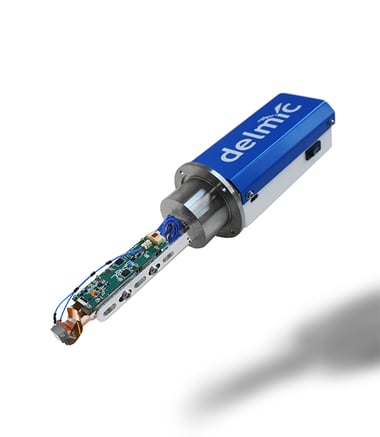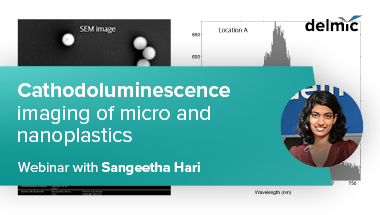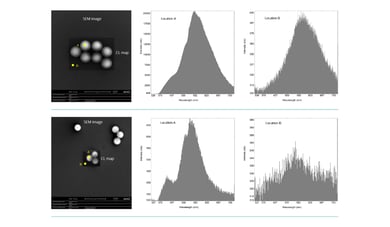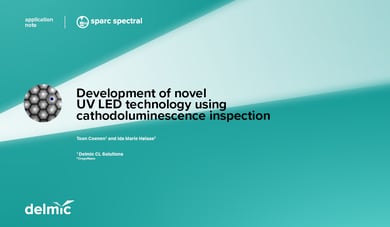Plastics find wide use in our daily lives, with over 380 million tonnes of plastics being produced every year, of which about 40% is single use plastic1,2. Studies have also found that microplastics can act as vectors for heavy metal poisoning or adhere to chemical additives, which are then released and damage nearby tissue. Studying micro and nanoplastics has therefore become important as well as urgent. As an SEM-based high-resolution optical technique, cathodoluminescence (CL) imaging is promising since it can overcome many of the disadvantages in other popular techniques currently used for characterising plastic micro and nanoparticles, such as optical microscopy, Raman imaging, FTIR spectroscopy, gas chromatography, and SEM-EDX. CL is fast, easy to use, as well high resolution, capable of providing quantitative information and imaging particles of all sizes from nanometres into the microns or millimetres.
1. Lawnstarter, Plastic Statistics 2023 2. Plastics Europe, 2022
.png)




